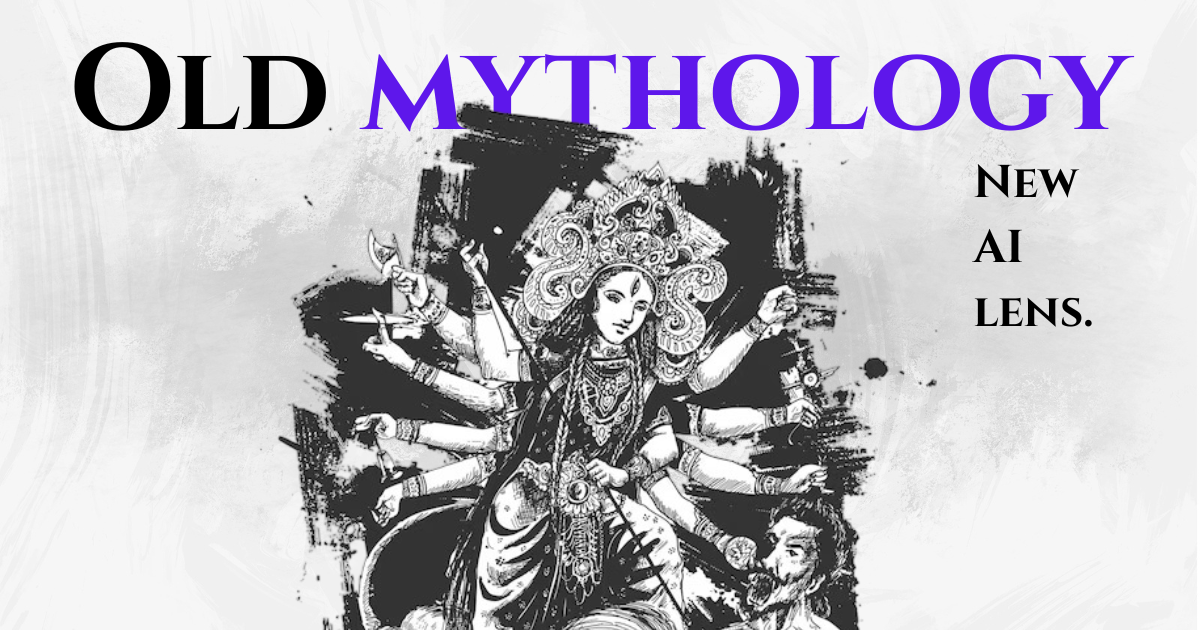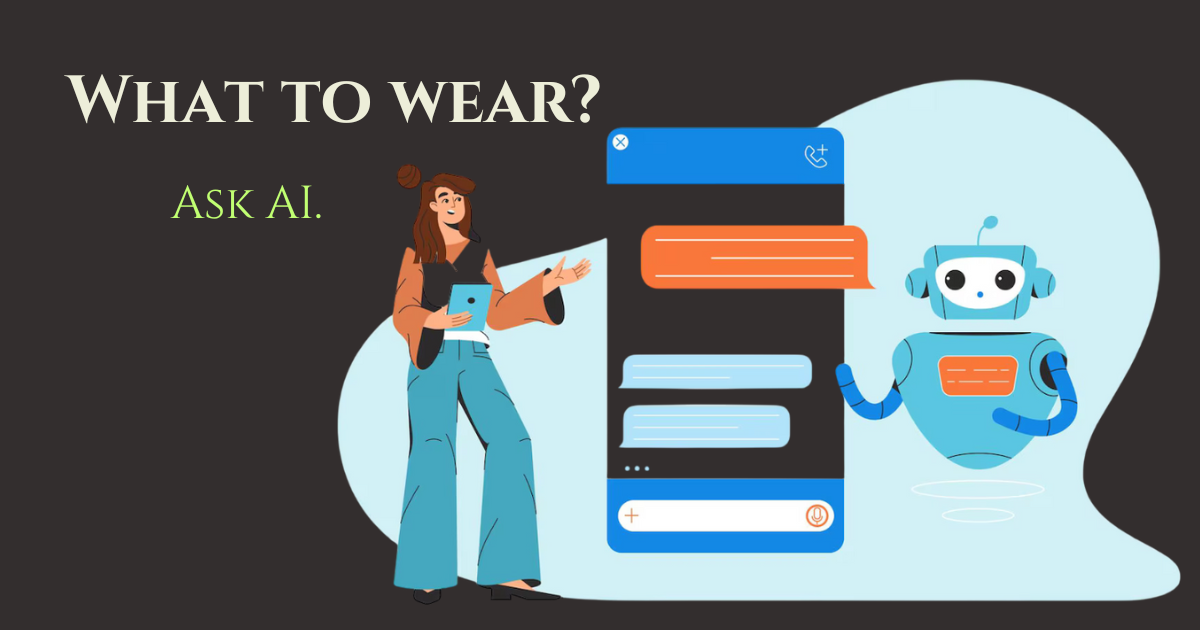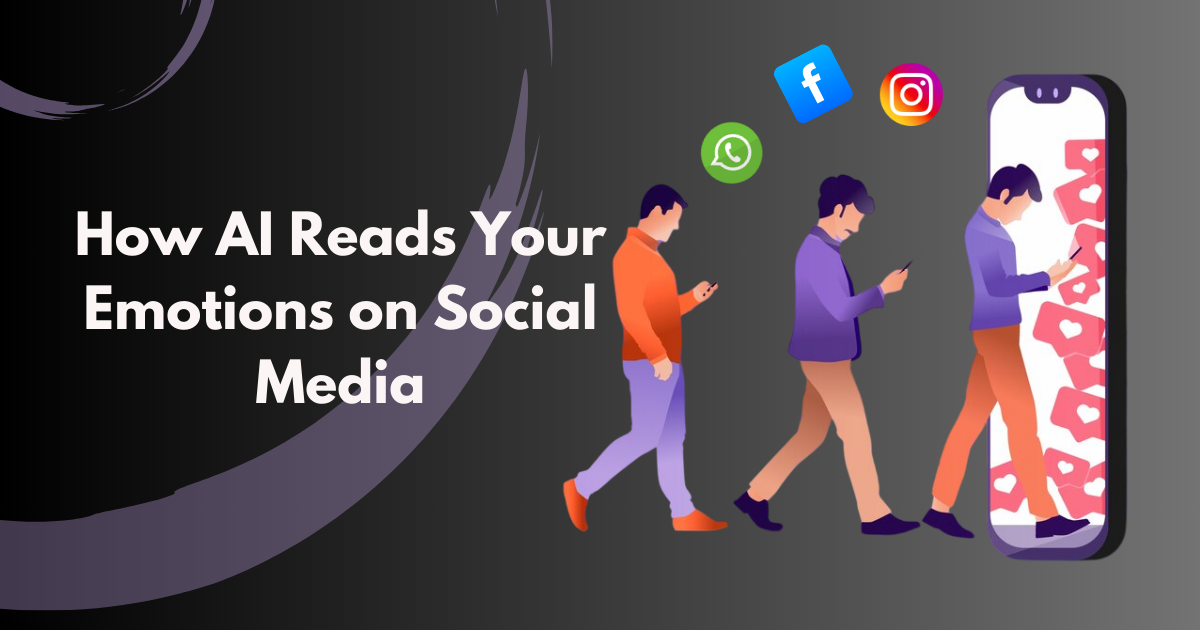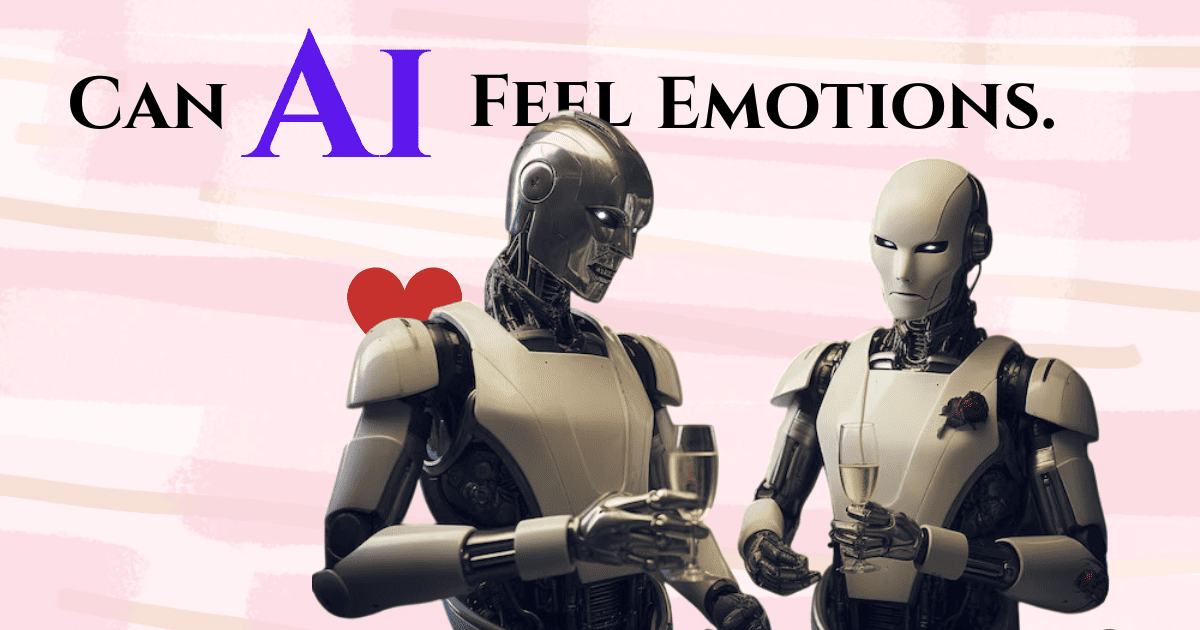From Mahabharata to Mughal India, AI is reshaping how we explore and experience Indian mythology and history through art, storytelling, and education.
Imagine the Ramayana retold by an AI-powered storyteller who adapts it for Gen Z. Picture animated Mahabharata battles recreated frame-by-frame by neural networks. Or a digital Rani Lakshmi Bai brought to life through voice synthesis and deep learning.
No, this isn’t science fiction. It’s happening right now.
Artificial Intelligence is no longer just writing code or answering questions—it’s breathing new life into India’s ancient past.
Let’s explore how AI is giving a stunning second life to Indian mythology and history—and why it matters more than ever.
AI As a Mythology Artist
AI image generators like MidJourney and DALL·E are now being trained to visualize Indian gods, temples, epics, and cosmic battles—not just through Western lenses, but with culturally accurate references.
- Shiva in multiple avatars
- Ram Setu from satellite-inspired visuals
- Panchatantra characters as Pixar-style animals
Result? A vibrant, aesthetically modern way for younger audiences to visualize and connect with ancient stories.
AI Retelling Stories Like Never Before
AI language models are now:
- Summarizing the Vedas and Puranas into digestible stories
- Translating Sanskrit shlokas into regional languages
- Retelling epics like Mahabharata from new POVs (e.g. Draupadi, Karna)
- Creating dialogue-based experiences where users talk to mythological characters
This makes mythology interactive, not just instructive.
AI in Historical Reimagination
In Indian history, AI is:
- Enhancing lost portraits of historical heroes like Ashoka, Akbar, or Subhash Chandra Bose
- Powering deepfake-like reenactments for museums and documentaries
- Reviving ancient dialects and accents via AI voice synthesis
- Filling in missing archaeological textures using GANs (Generative Adversarial Networks)
Suddenly, history isn’t just something we read—it’s something we experience.
AI Meets Education: Learning History the 2025 Way
Edtech platforms are using AI to:
- Turn chapters on Indus Valley into 3D virtual walkthroughs
- Convert king lists into interactive family trees
- Generate quizzes based on regional historical events
- Create chatbots of historical figures—imagine talking to Chanakya or Tipu Sultan!
This isn’t just a trend. It’s a learning revolution.
The Ethical Elephant in the Room
Of course, AI comes with its risks:
- Bias in interpretation
- Historical inaccuracies
- Over-glorification or oversimplification
- Cultural sensitivities
That’s why creators must work closely with historians, linguists, and spiritual scholars—to ensure AI augments, not distorts, our heritage.
What’s Next?
We’re heading toward a world where:
- Your child might learn the Bhagavad Gita from an AI Krishna
- Epic poems are visualized in real-time as they’re recited
- AI-powered virtual temples host immersive spiritual experiences
- Historic battles are recreated like video games—but historically correct
In short, our past is no longer locked in books—it’s alive, accessible, and evolving.
Final Thought: Tech Meets Tradition
India has always been a land of stories, symbols, and spirituality. Now, thanks to AI, we’re telling those stories in a whole new language—one that’s visual, emotional, and intelligent.
The question is no longer “Can AI preserve our culture?”
It’s “How creatively can we let it?”
🗨️ What myth or moment from Indian history would you want to see reimagined with AI? Drop your ideas in the comments on dhyanshworld.com.










